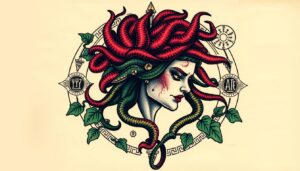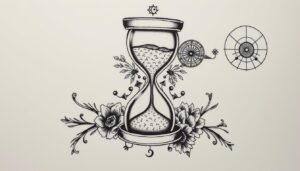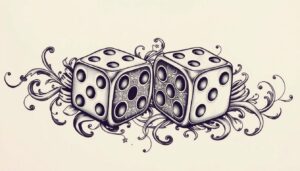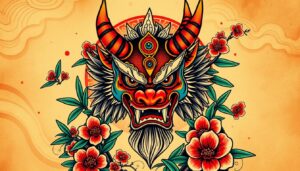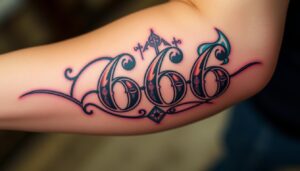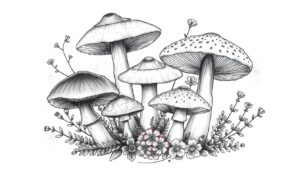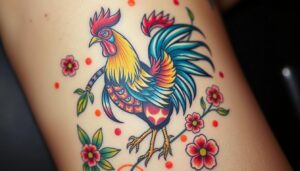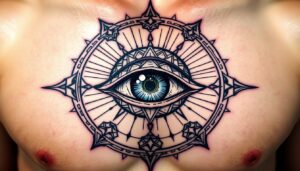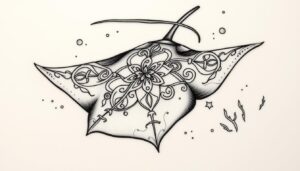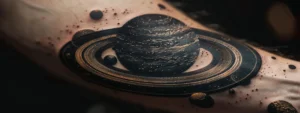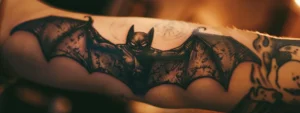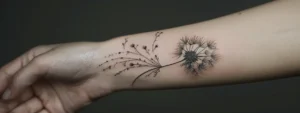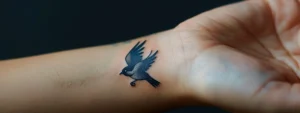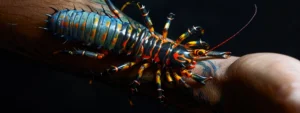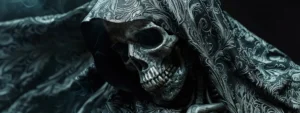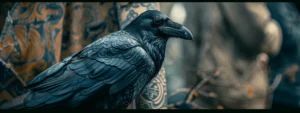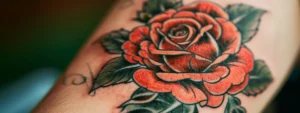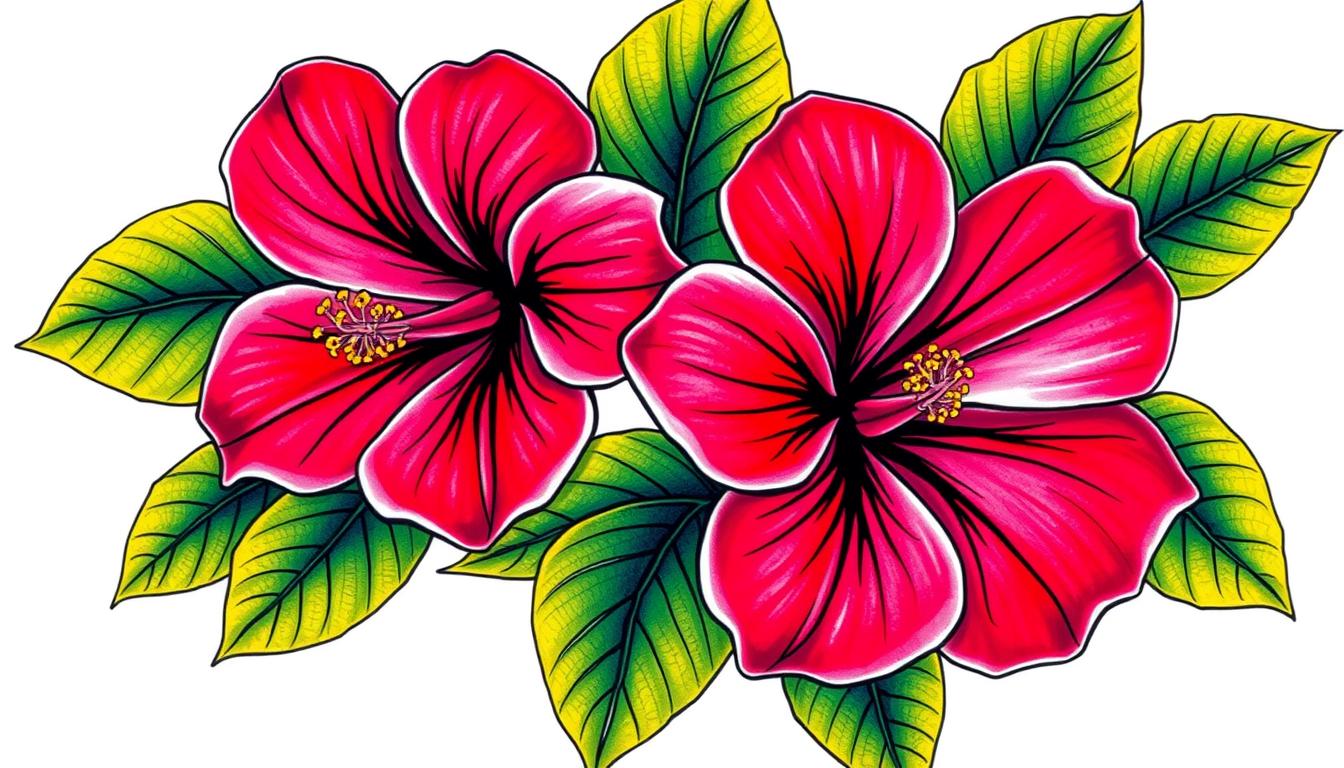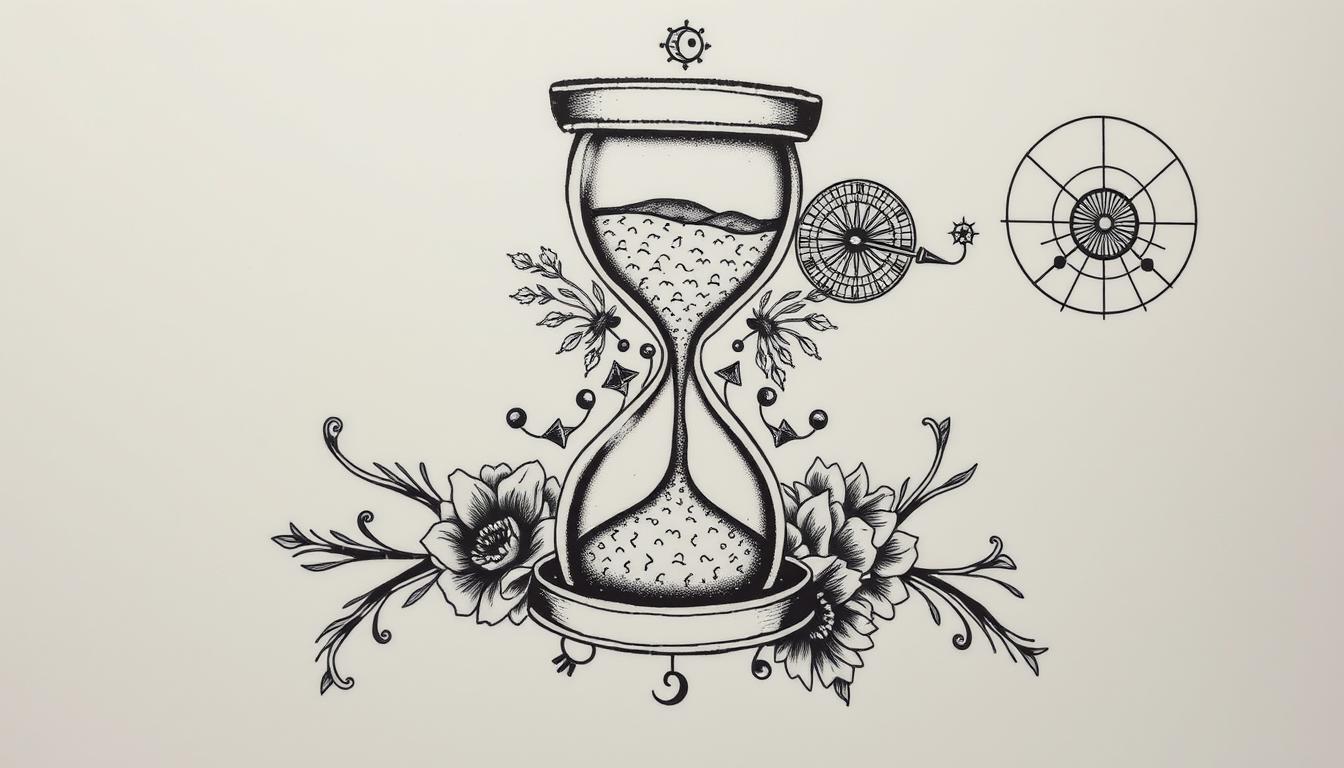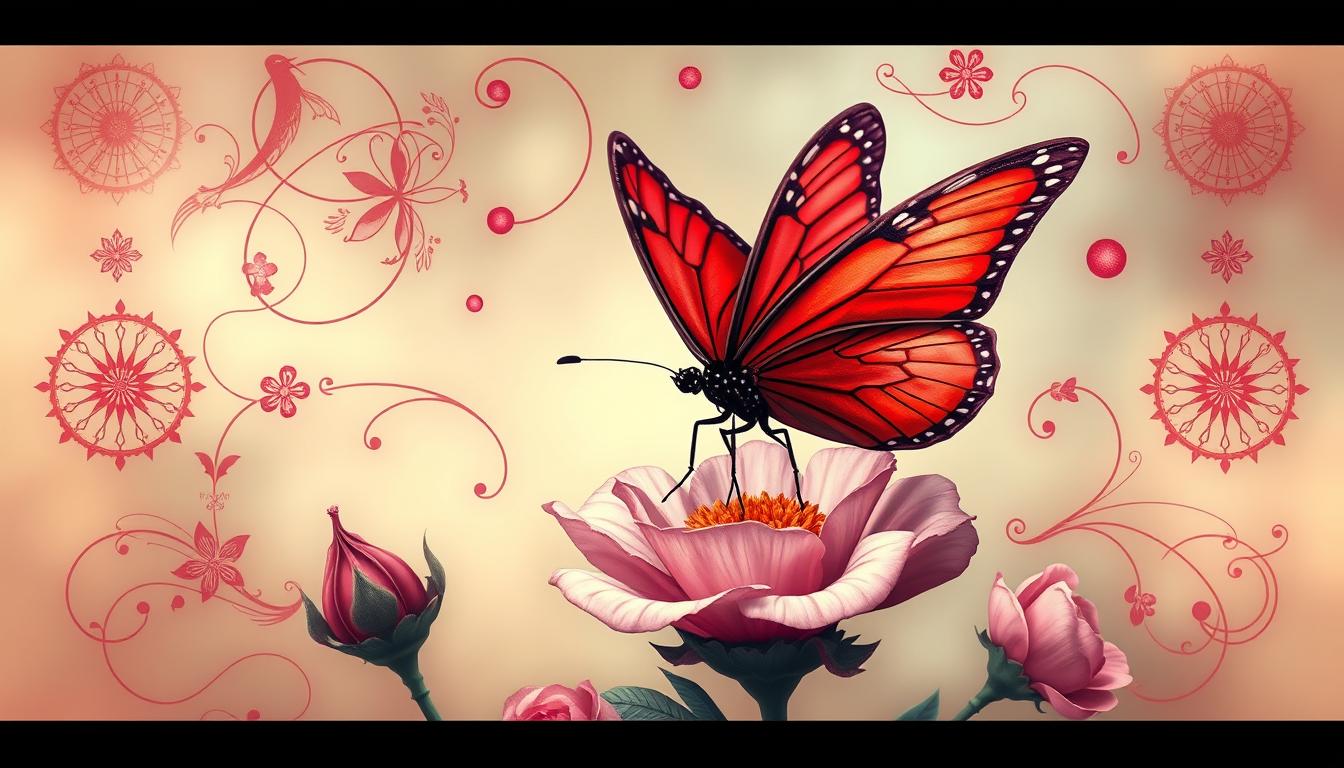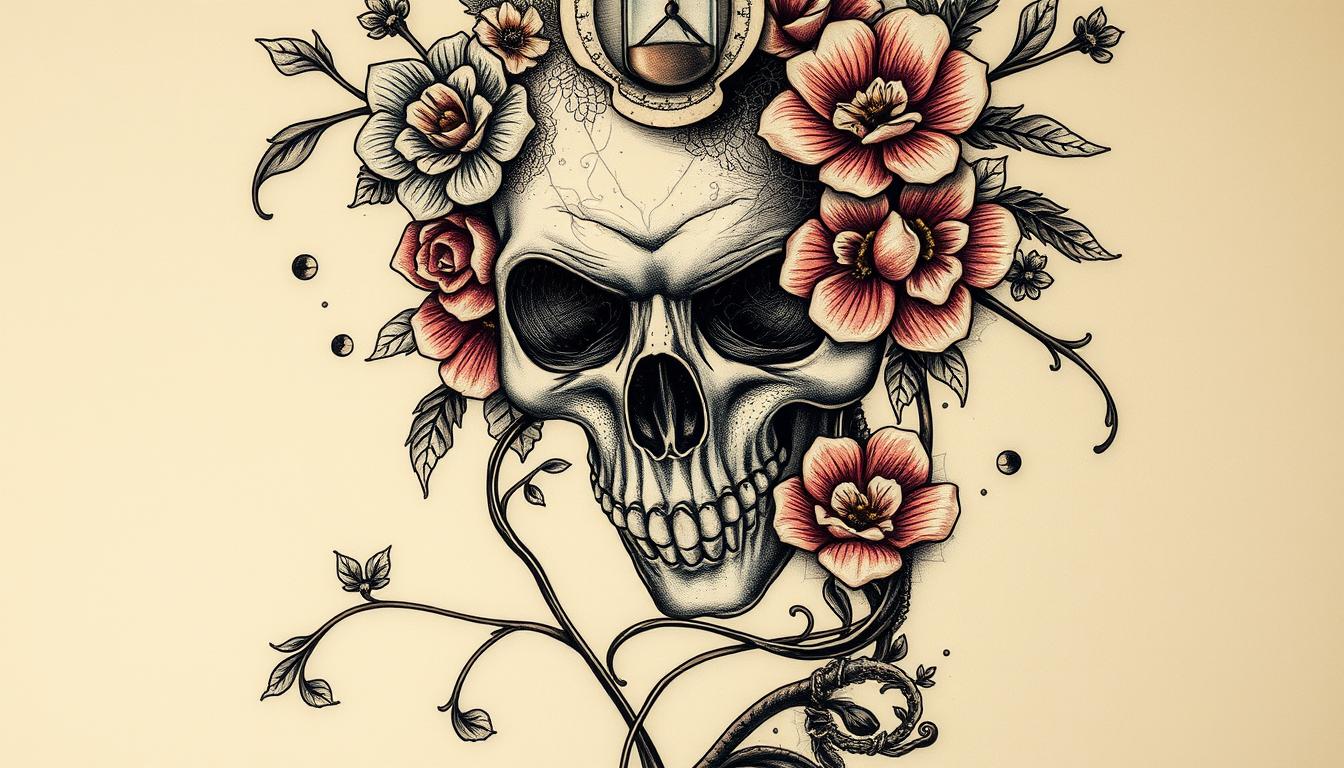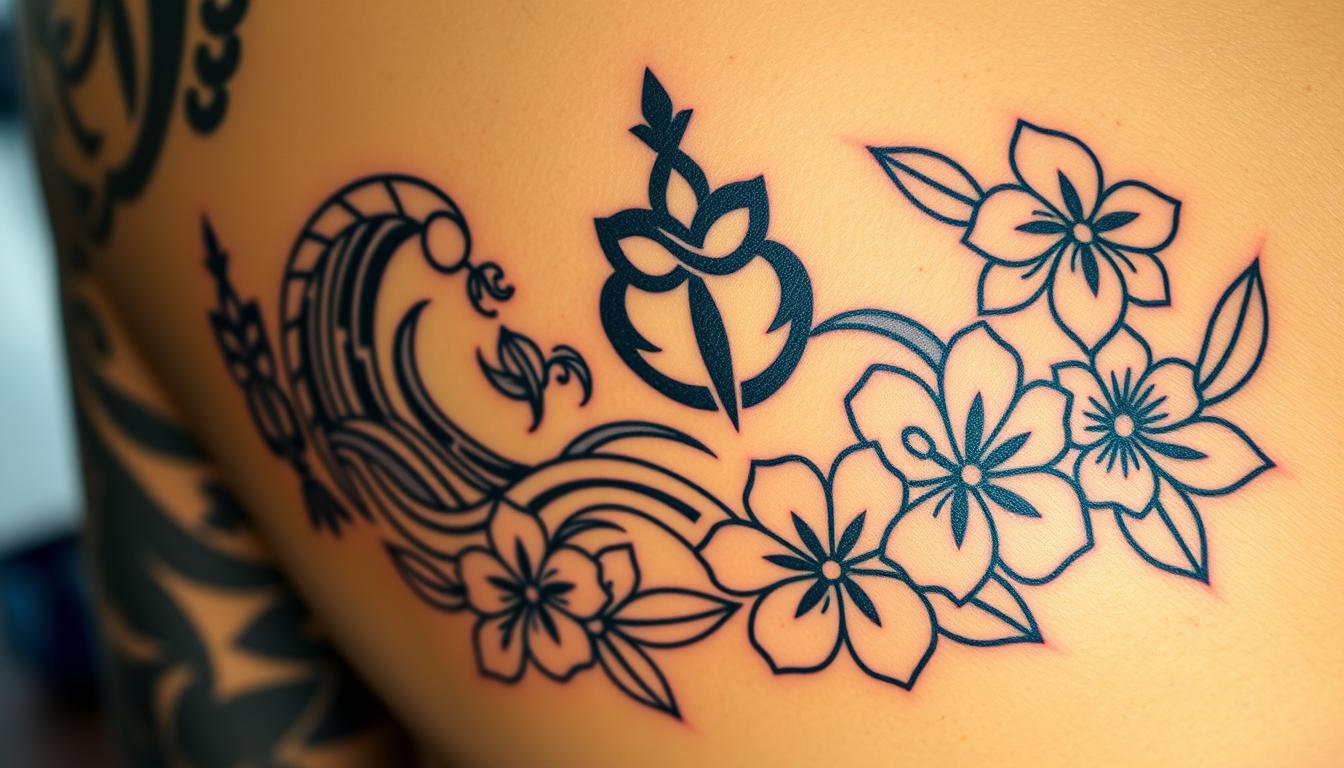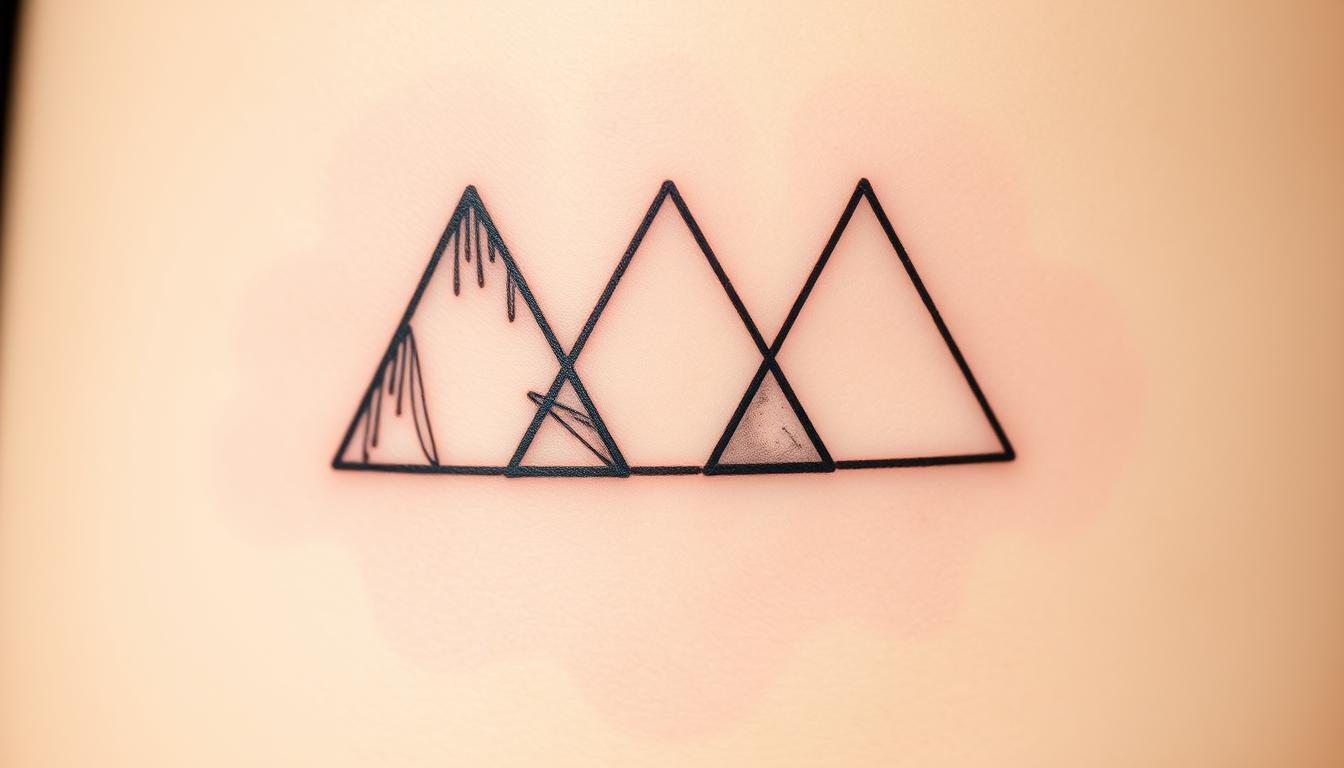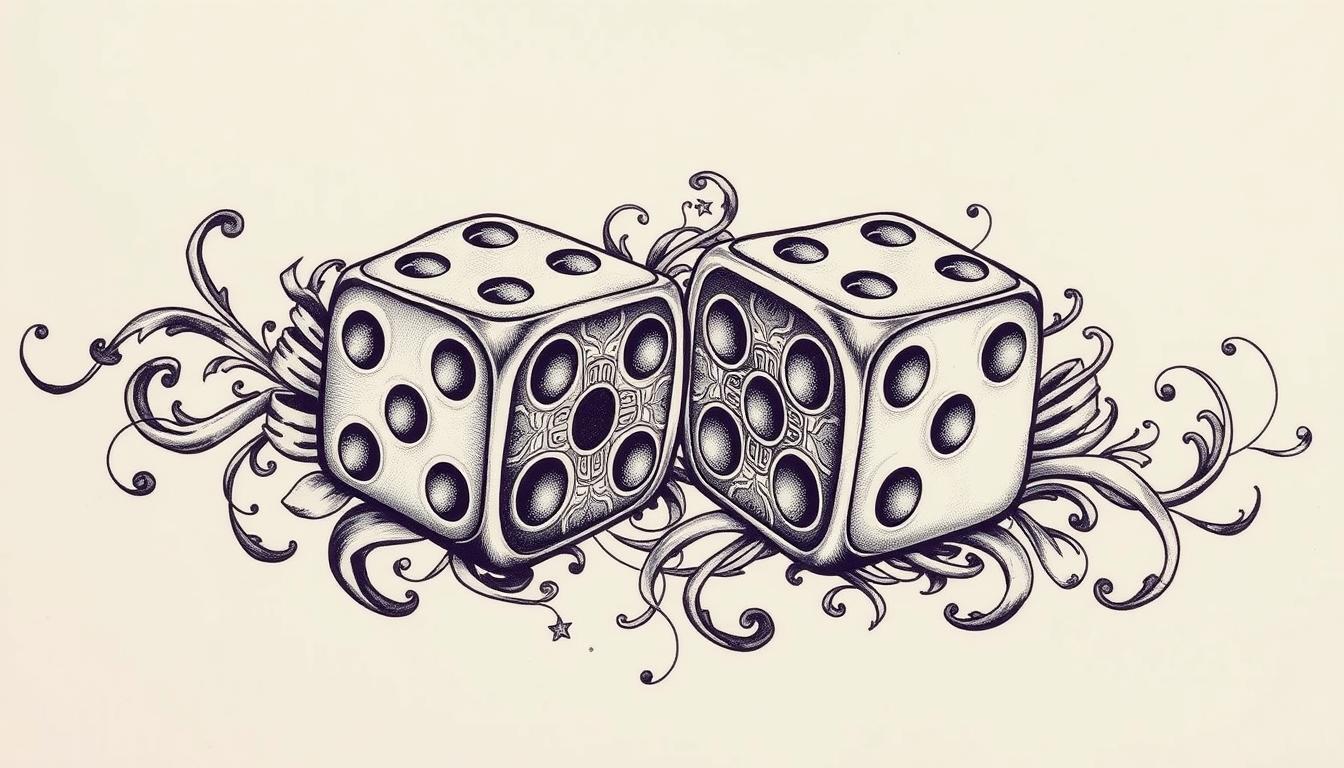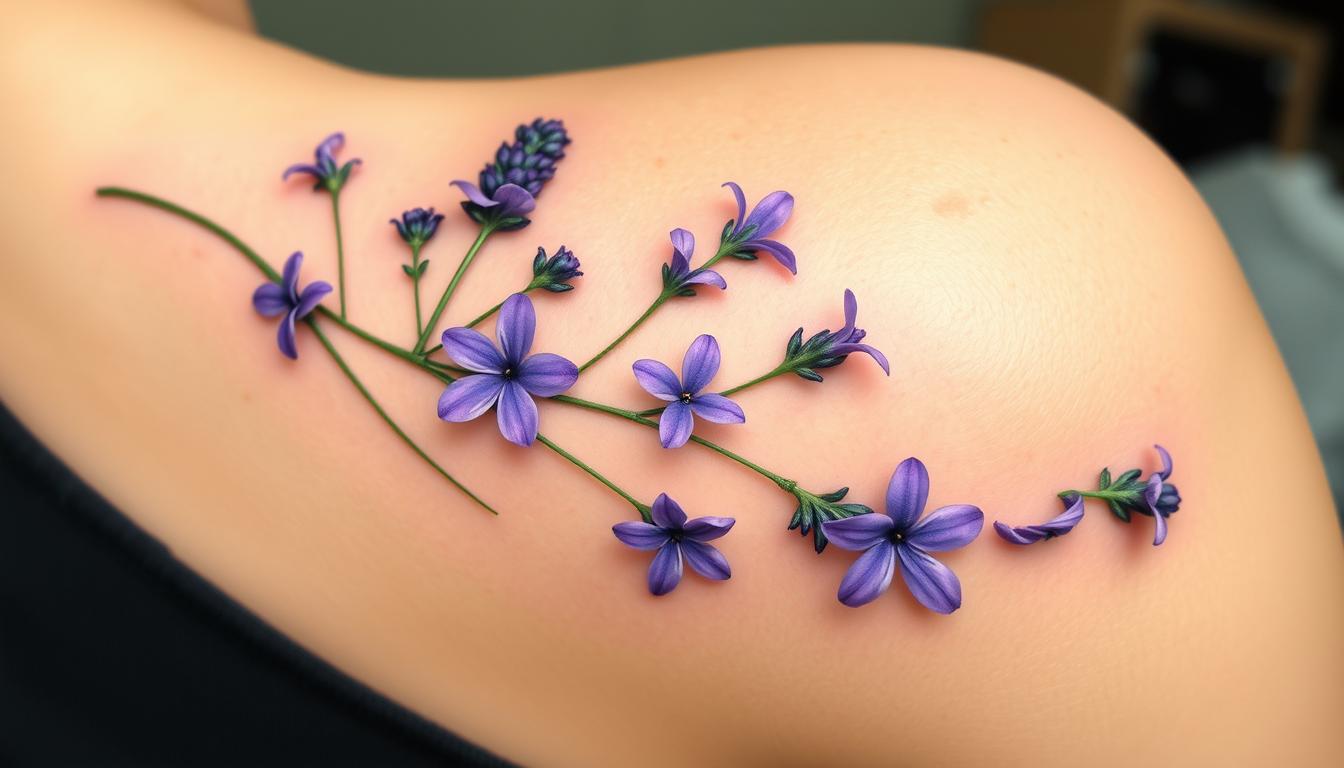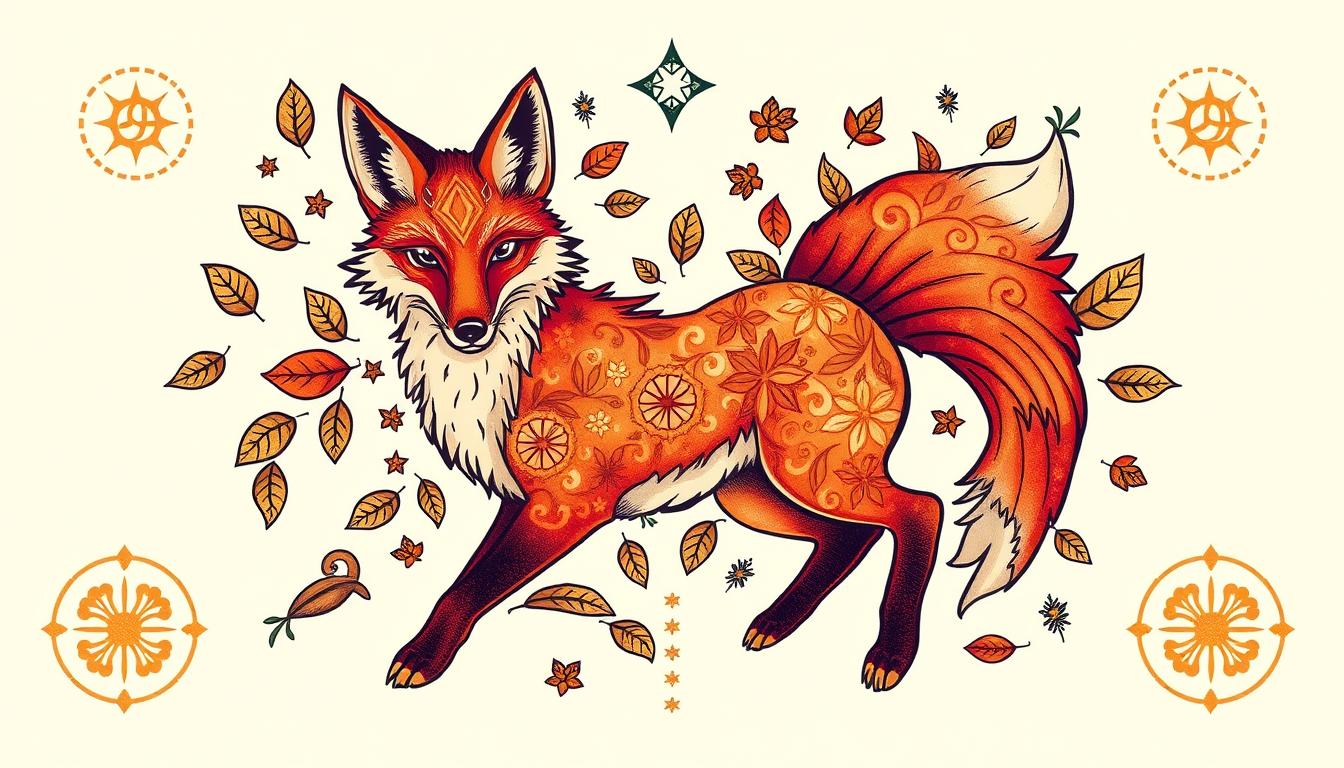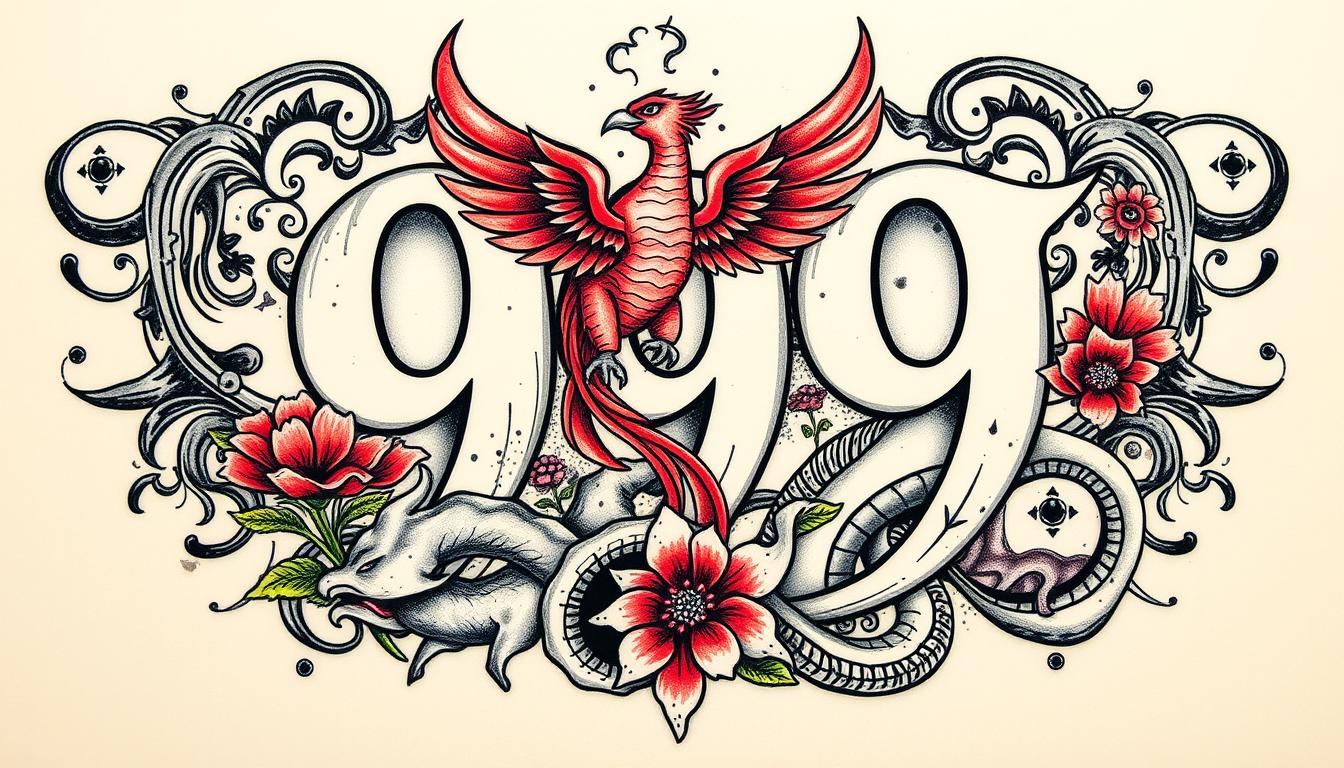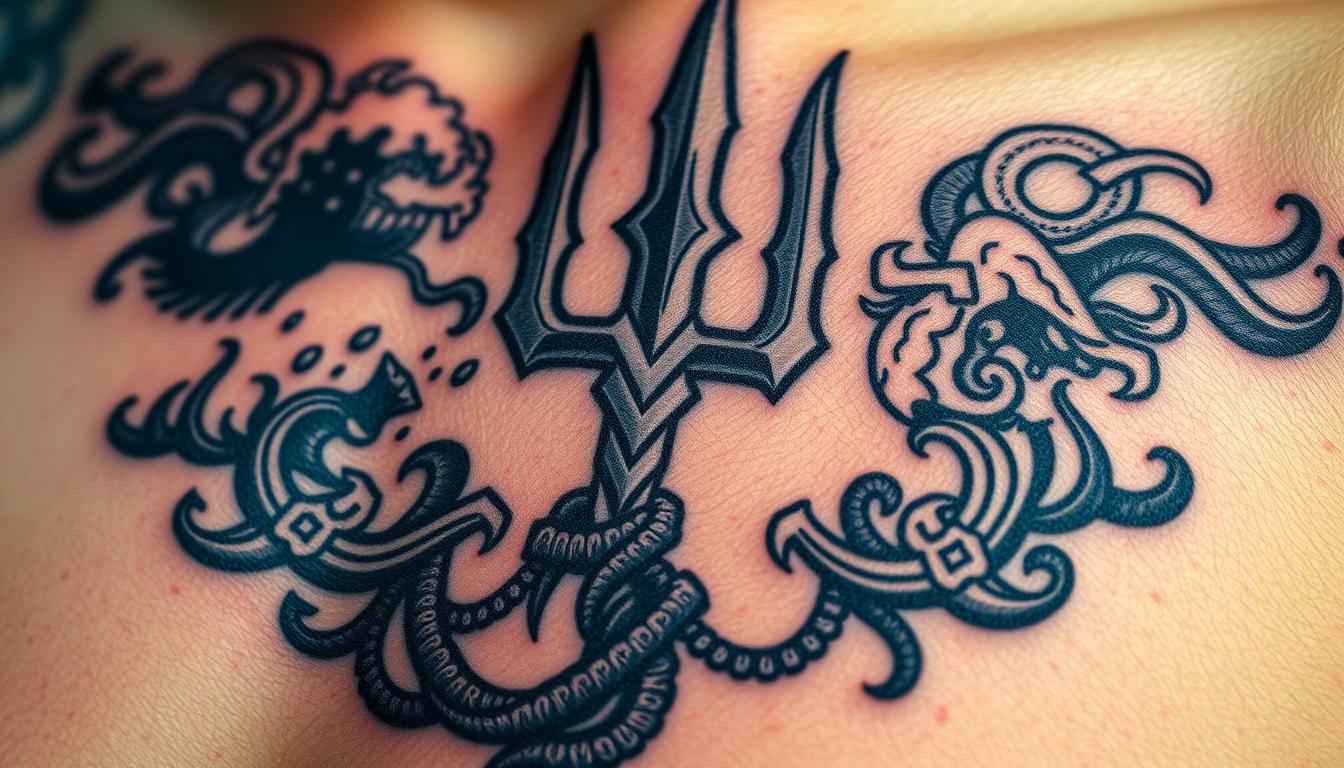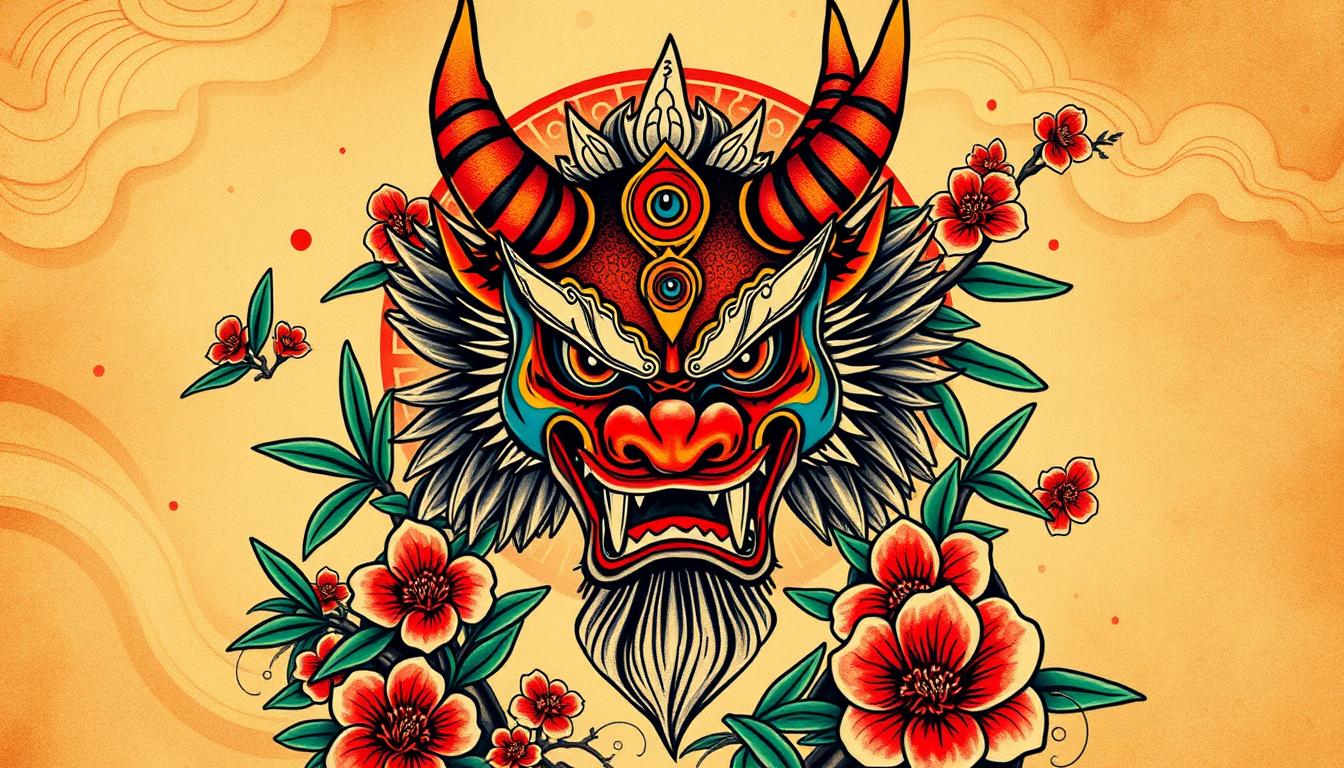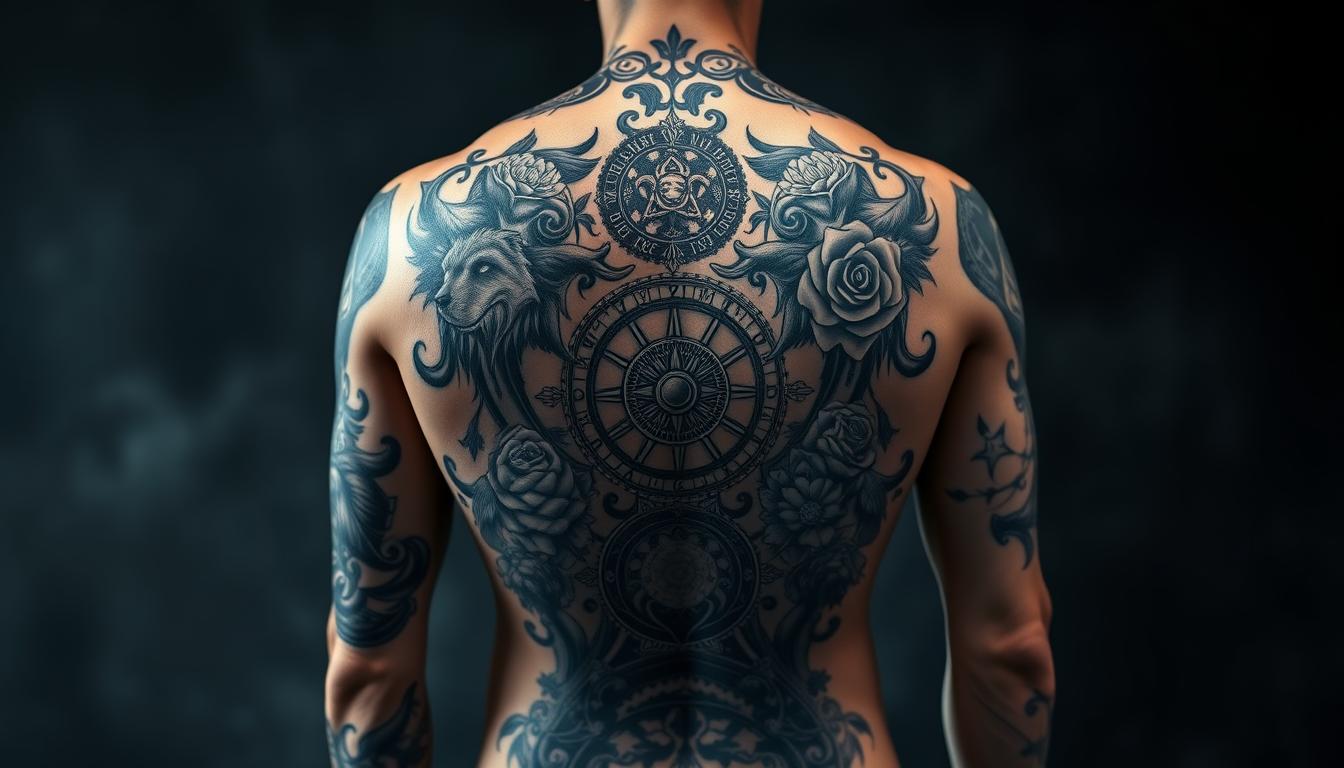Succubus tattoos have gained popularity, but what do they really mean? This article explores the rich symbolism behind these intriguing designs, delving into their origins in folklore and their modern interpretations. We’ll examine the common elements found in succubus tattoos, discuss personal reasons for choosing this motif, and consider cultural perspectives. By understanding the narrative and aesthetics of succubus imagery, you’ll gain insight into this captivating tattoo choice and be better equipped to decide if it’s right for you.
Key Takeaways
- Succubus tattoos symbolize personal empowerment, transformation, and embrace of feminine mystique and independence
- The imagery in succubus tattoos often includes wings, horns, and sensual poses, representing freedom and confidence
- Color choices and placement of succubus tattoos significantly influence their meaning and visual impact
- Modern interpretations have transformed the succubus from a demonic figure to a symbol of female empowerment
- Proper aftercare and maintenance are crucial for preserving the quality and longevity of a succubus tattoo
The Origins of the Succubus Myth in Folklore
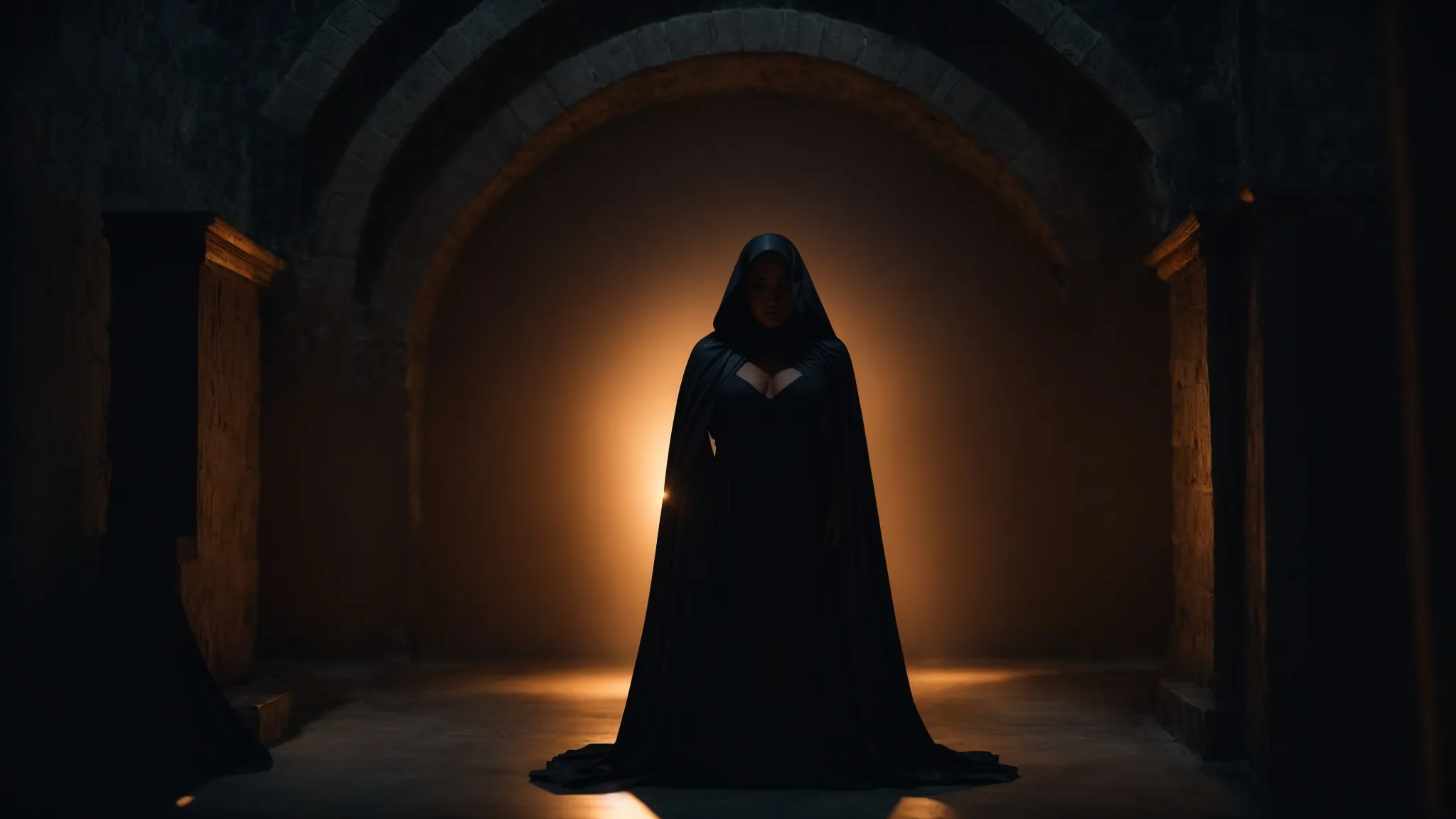
The succubus myth, rooted in ancient legends and cultural interpretations, has evolved over time. This female demon, known for seduction and temptation, has transformed from a symbol of desire to a complex figure in folklore. The following sections explore the succubus’s origins, its role as a symbol of temptation, and how its image has changed across cultures, including Japanese interpretations.
Ancient Legends and Cultural Interpretations
The succubus, a supernatural demon from ancient folklore, has its roots in various cultural interpretations across the world. This female entity, often depicted in art as a seductive figure, embodies the concept of temptation and wisdom in many mythological traditions. Throughout history, different societies have woven tales of these supernatural beings into their folklore, reflecting the fears, desires, and moral lessons of their respective cultures.
The Succubus as a Symbol of Temptation
The succubus represents a powerful symbol of temptation in folklore, embodying the allure of forbidden desires. This mythical creature challenges societal norms surrounding femininity and sexuality, often depicted in tattoo art as a provocative figure. Tattoo artists may incorporate elements of the succubus to convey themes of empowerment and the complex nature of female sexuality. The uterus, a symbol of fertility and womanhood, is sometimes integrated into succubus tattoo designs, further emphasizing the connection between the mythical being and feminine power.
Transformation of the Succubus Image Over Time
The succubus image has undergone significant transformation over time, reflecting changing cultural attitudes and societal norms. Originally a symbol of temptation and sin in religious contexts, the succubus has evolved into a more complex figure representing female empowerment and the multifaceted nature of beauty. This shift in perception has influenced the portrayal of succubi in various art forms, including tattoo designs. The modern interpretation often emphasizes the succubus’s alluring yet dangerous nature, blending elements of sexuality, power, and mystery. This evolution showcases how cultural contexts shape mythological symbols:
- Ancient times: Demonic entity of temptation
- Middle Ages: Religious symbol of sin
- Renaissance: Subject of artistic fascination
- Modern era: Icon of female empowerment
- Contemporary tattoo art: Complex symbol of beauty and danger
Symbolism Behind Succubus Tattoos
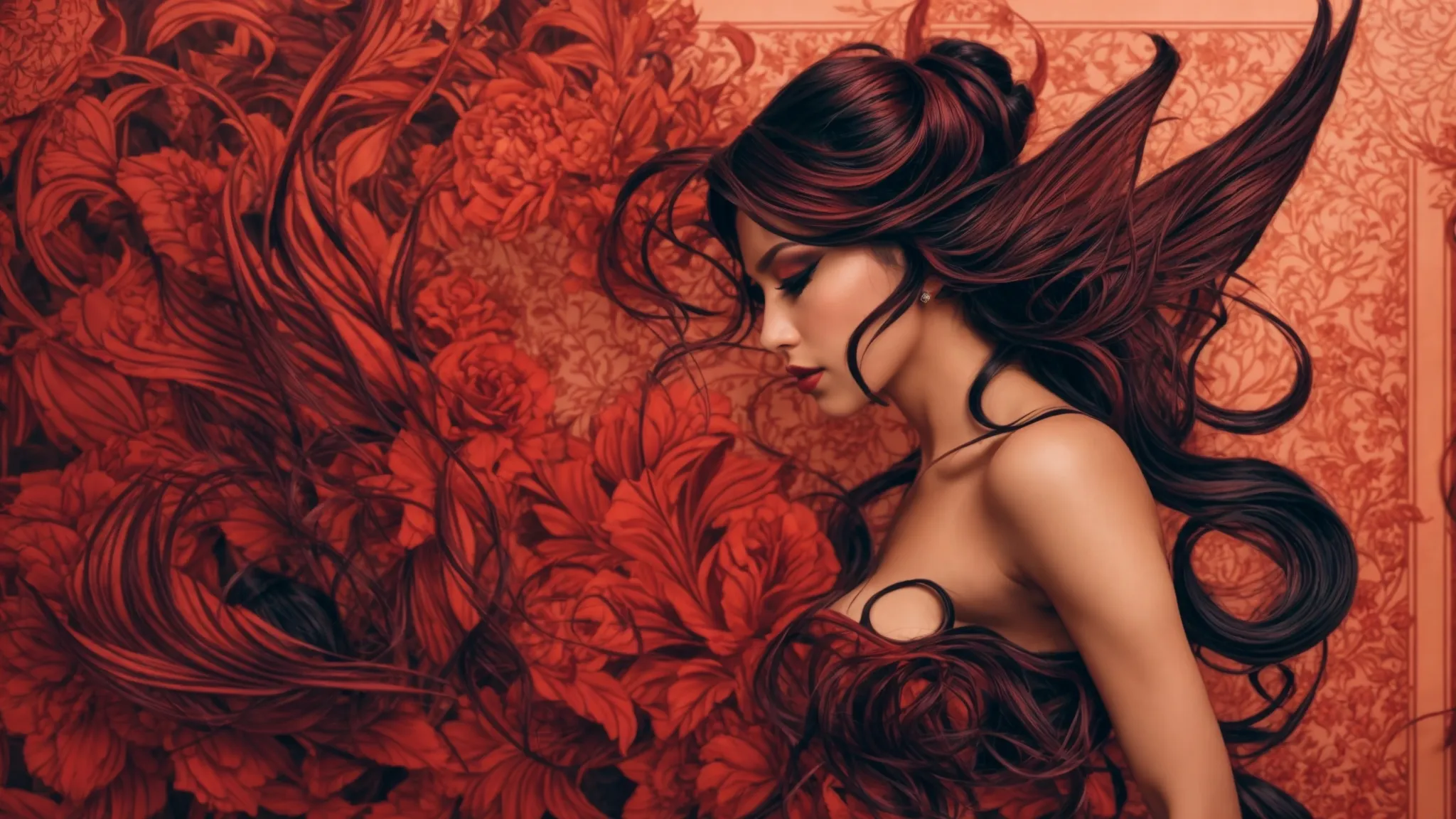
Succubus tattoos embody rich symbolism rooted in myth and cultural interpretations. These designs represent seduction and power, embrace feminine mystique and independence, and acknowledge inner desires and hidden emotions. Each aspect of succubus tattoo symbolism offers unique insights into personal expression and cultural significance, reflecting the complex nature of this mythical figure.
Representing Seduction and Power
Succubus tattoos symbolize the intricate balance between seduction and power. These designs often depict the mythical creature with alluring features and commanding presence, representing the wearer’s confidence and ability to influence others. The succubus, traditionally portrayed as a feminine entity, embodies the concept of using attraction as a form of strength, challenging societal norms and expectations.
Embracing Feminine Mystique and Independence
Succubus tattoos celebrate feminine mystique and independence, embodying the power of female sexuality and autonomy. These designs often feature strong, confident figures that challenge traditional gender roles and expectations. By choosing a succubus tattoo, individuals express their embrace of personal freedom and rejection of societal constraints on femininity. The imagery typically incorporates elements that symbolize mystery, allure, and self-reliance, reflecting the complex nature of female empowerment:
- Wings: Symbolizing freedom and transcendence
- Horns: Representing strength and defiance
- Sensual poses: Expressing confidence in one’s body
- Fierce expressions: Depicting determination and self-assurance
- Intricate details: Showcasing the multifaceted nature of femininity
Acknowledging Inner Desires and Hidden Emotions
Succubus tattoos serve as a powerful means of acknowledging inner desires and hidden emotions. These designs often represent the complex interplay between one’s public persona and private thoughts, allowing individuals to express aspects of themselves that may not be readily apparent. The succubus, as a symbol of temptation and forbidden desires, provides a visual metaphor for exploring and accepting one’s deepest feelings and longings:
| Aspect | Symbolism |
|---|---|
| Seductive pose | Embracing sexuality |
| Dark wings | Hidden desires |
| Piercing eyes | Inner intensity |
| Intricate details | Complexity of emotions |
Popular Design Elements in Succubus Tattoos

Succubus tattoos incorporate various design elements that enhance their symbolism and visual appeal. This section explores common imagery and motifs used in these tattoos, the significance of color choices, and how placement affects the overall meaning. Understanding these elements helps in creating or interpreting succubus tattoos that resonate with personal symbolism and artistic preferences.
Common Imagery and Motifs
Succubus tattoos often feature distinctive imagery and motifs that reflect the mythical creature’s allure and power. Common elements include wings, horns, and a tail, symbolizing the supernatural nature of the succubus. Artists frequently incorporate sensual poses, piercing eyes, and intricate details to capture the seductive essence of these beings. Some designs may also include gothic or occult symbols, adding depth to the tattoo’s meaning and visual appeal.
Color Choices and Their Meanings
Color choices in succubus tattoos play a crucial role in conveying meaning and emotion. Dark hues like black and deep reds often dominate these designs, symbolizing mystery, passion, and power. Some artists incorporate purple to represent royalty or spiritual awareness, while gold accents may signify divinity or otherworldly allure. The strategic use of color enhances the tattoo’s visual impact and depth, allowing wearers to express complex aspects of the succubus mythology through their body art.
Placement Ideas and Their Significance
The placement of succubus tattoos significantly influences their meaning and visual impact. Large designs often grace the back or thigh, showcasing the intricate details of wings and full-body representations. Smaller, more discrete placements like the wrist or ankle can symbolize hidden desires or a personal connection to the succubus mythology. Some individuals choose to place these tattoos on areas traditionally associated with sensuality, such as the hip or lower back, emphasizing the seductive nature of the succubus.
Personal Reasons for Choosing a Succubus Tattoo

Individuals choose succubus tattoos for various personal reasons. These designs often represent personal empowerment, celebrate transformation and growth, and make bold artistic statements. Each motivation reflects unique aspects of the wearer’s identity and experiences, contributing to the complex symbolism associated with succubus imagery in tattoo art.
Expressing Personal Empowerment
Individuals often choose succubus tattoos as a symbol of personal empowerment, embracing their inner strength and sexuality. These designs represent a reclamation of power, allowing wearers to express confidence in their identity and challenge societal norms. The succubus, traditionally viewed as a powerful feminine entity, resonates with those seeking to embody strength, allure, and independence. This choice reflects a personal journey of self-acceptance and the courage to display one’s true nature:
| Aspect | Representation |
|---|---|
| Confidence | Embracing sexuality |
| Strength | Challenging norms |
| Independence | Self-reliance |
| Allure | Personal magnetism |
Celebrating Transformation and Growth
Succubus tattoos often symbolize personal transformation and growth for many individuals. These designs represent the wearer’s journey from one phase of life to another, embracing change and emerging stronger. The succubus, with its dual nature of allure and power, serves as a metaphor for shedding old identities and embracing new, empowered versions of oneself. Some choose this tattoo to mark significant life changes or overcoming personal challenges, viewing the succubus as a symbol of resilience and adaptation.
Making a Bold Artistic Statement
Choosing a succubus tattoo often serves as a bold artistic statement, allowing individuals to express their appreciation for complex, provocative imagery. These designs challenge conventional tattoo choices, showcasing the wearer’s unique taste and willingness to embrace controversial themes. The intricate details and powerful symbolism of succubus tattoos provide artists with a canvas to demonstrate their skill, creating visually stunning pieces that captivate viewers and spark conversations. Many select these tattoos to stand out and make a lasting impression, reflecting their confidence and individuality through body art:
- Embraces controversial themes
- Showcases artistic skill and detail
- Reflects confidence and individuality
- Sparks conversations and interest
- Demonstrates appreciation for complex imagery
Cultural and Contemporary Interpretations

Cultural and contemporary interpretations of succubus tattoos reflect evolving societal views. This section examines the succubus in modern media and art, explores feminist perspectives on its symbolism, and discusses how these tattoos serve as personal narratives. These interpretations highlight the complex nature of succubus imagery in today’s culture.
Succubus in Modern Media and Art
Modern media and art have reimagined the succubus, transforming it from a purely demonic figure into a complex symbol of female empowerment and sexuality. In contemporary films, video games, and literature, succubi often appear as multifaceted characters, challenging traditional notions of good and evil. This evolution has influenced tattoo art, where succubus designs now incorporate elements of strength, independence, and allure, reflecting changing societal attitudes towards female sexuality and power.
Feminist Perspectives on Succubus Symbolism
Feminist perspectives on succubus symbolism in tattoo art have evolved, reclaiming the image as a symbol of female empowerment and sexual autonomy. This reinterpretation challenges traditional patriarchal views, transforming the succubus from a cautionary tale into an emblem of feminine strength and agency. Modern feminist interpretations often emphasize the succubus’s independence, cunning, and ability to subvert societal expectations, reflecting broader discussions on gender roles and sexuality:
- Reclamation of female sexuality
- Challenging patriarchal narratives
- Embodiment of feminine power
- Representation of sexual autonomy
- Subversion of traditional gender roles
Tattoos as a Form of Personal Narrative
Succubus tattoos serve as powerful forms of personal narrative, allowing individuals to express their unique journeys and identities through body art. These designs often represent pivotal moments in a person’s life, such as overcoming challenges or embracing personal growth. The complex symbolism of the succubus enables wearers to convey multifaceted aspects of their personalities, including strength, sensuality, and resilience, in a visually striking manner.
Considerations Before Getting a Succubus Tattoo

Before getting a succubus tattoo, individuals should carefully consider several factors. Selecting the right tattoo artist ensures quality execution of the design. Reflecting on personal symbolism helps create a meaningful tattoo. Understanding aftercare and maintenance is crucial for preserving the tattoo’s appearance. These considerations ensure a satisfying and long-lasting succubus tattoo experience.
Selecting the Right Tattoo Artist
Selecting the right tattoo artist is crucial when considering a succubus tattoo. The complex nature of succubus imagery requires an artist skilled in detailed work and shading. Potential clients should research artists specializing in dark or mythological themes, examining their portfolios for examples of similar designs. Consultation with the chosen artist allows for discussion of design elements and ensures a shared vision for the final piece.
Reflecting on Symbolism and Personal Meaning
Reflecting on the symbolism and personal meaning of a succubus tattoo is essential before committing to this powerful design. Individuals should consider how the succubus’s complex representation of femininity, power, and desire aligns with their own values and experiences. This reflection process helps ensure the tattoo resonates deeply with the wearer, serving as a meaningful expression of their identity and personal journey.
Preparing for Aftercare and Maintenance
Proper aftercare and maintenance are crucial for preserving the quality and longevity of a succubus tattoo. Individuals should follow their tattoo artist’s specific instructions for cleaning and moisturizing the tattooed area during the healing process. Long-term care involves protecting the tattoo from excessive sun exposure and keeping the skin hydrated to maintain the vibrancy of colors and sharpness of details. Regular touch-ups may be necessary to keep the intricate elements of the succubus design looking crisp and clear over time.
Conclusion
Succubus tattoos embody a rich tapestry of symbolism, reflecting personal empowerment, transformation, and artistic expression. These designs challenge traditional perspectives on femininity and sexuality, offering wearers a powerful means to convey their inner strength and complex identities. The evolving interpretations of succubus imagery in modern media and feminist thought have transformed these tattoos into potent symbols of autonomy and self-expression. Choosing a succubus tattoo requires careful consideration of personal meaning, artist selection, and long-term care, ensuring a meaningful and enduring representation of one’s journey and values.



